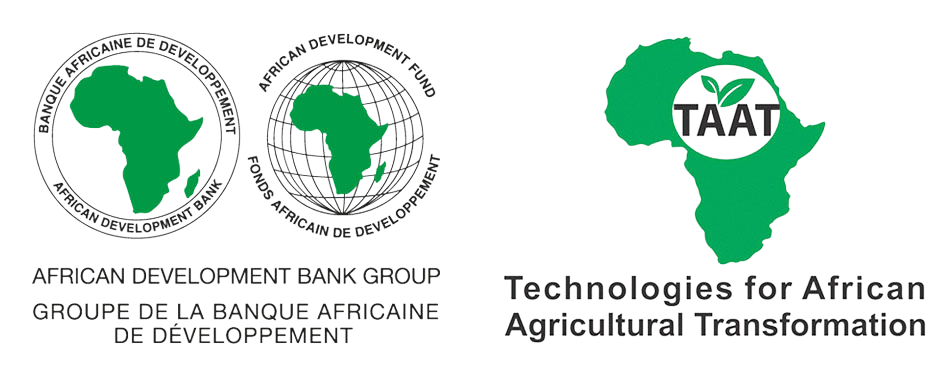

The largest free resource for biological plant protection!
The CABI BioProtection Portal is a globally accessible, multilingual tool (in 17 languages) that enables development actors to identify and promote the use of nationally registered biocontrol and biopesticide solutions. It functions as a searchable directory by country, crop, and pest, with data validated by official regulatory sources. Accessible via mobile and desktop, the platform allows users to download country-specific information for offline use—essential for field-level implementation in low-infrastructure areas. Complemented by robust scientific and educational materials, the portal facilitates the integration of environmentally sustainable crop protection into development programs aligned with integrated pest management (IPM) and climate-smart agriculture.
This technology is pre-validated.
Adults 18 and over: Positive high
Using bioprotection products instead of (highly hazardous) pesticides reduces risks to human health at all stages of the process, from production through to application and finally product consumption.
The poor: Positive low
Women: Positive low
The Portal can facilitating women's access to advisory services and bioprotection products where they may not have otherwise been able to easily access information.
Climate adaptability: Highly adaptable
Each product registered on the Portal is approved by the national regulator, meaning it is available for use in the climate(s) of that country.
Farmer climate change readiness: Significant improvement
Biodiversity: Positive impact on biodiversity
Biocontrol enables greater biodiversity by ensuring multiple species coexist. Chemicals from pesticides can run off or leach into water bodies, affecting aquatic life and drinking water availability. Minimising the use of chemical pesticides helps protect beneficial insects and soil microbes, which play a role in pollination, pest control and soil health. This allows for a healthier ecosystem, preventing imbalances and enabling better soil fertility and water quality, which help enable higher crop yields and improved food security.
Environmental health: Greatly improves environmental health
Biocontrol enables greater biodiversity by ensuring multiple species coexist. Chemicals from pesticides can run off or leach into water bodies, affecting aquatic life and drinking water availability. Minimising the use of chemical pesticides helps protect beneficial insects and soil microbes, which play a role in pollination, pest control and soil health. This allows for a healthier ecosystem, preventing imbalances and enabling better soil fertility and water quality, which help enable higher crop yields and improved food security.
Soil quality: Does not affect soil health and fertility
Biocontrol enables greater biodiversity by ensuring multiple species coexist. Chemicals from pesticides can run off or leach into water bodies, affecting aquatic life and drinking water availability. Minimising the use of chemical pesticides helps protect beneficial insects and soil microbes, which play a role in pollination, pest control and soil health. This allows for a healthier ecosystem, preventing imbalances and enabling better soil fertility and water quality, which help enable higher crop yields and improved food security.
The CABI BioProtection Portal is designed to support sustainable agriculture by increasing access to registered bioprotection products and empowering informed pest management decisions. By promoting the use of biological solutions, the Portal helps reduce reliance on chemical pesticides, safeguard environmental and human health, and strengthen resilience against climate-related pest threats.
To integrate this technology into agricultural programs, key activities include:
Copyright
Scaling Readiness describes how complete a technology’s development is and its ability to be scaled. It produces a score that measures a technology’s readiness along two axes: the level of maturity of the idea itself, and the level to which the technology has been used so far.
Each axis goes from 0 to 9 where 9 is the “ready-to-scale” status. For each technology profile in the e-catalogs we have documented the scaling readiness status from evidence given by the technology providers. The e-catalogs only showcase technologies for which the scaling readiness score is at least 8 for maturity of the idea and 7 for the level of use.
The graph below represents visually the scaling readiness status for this technology, you can see the label of each level by hovering your mouse cursor on the number.
Read more about scaling readiness ›
Uncontrolled environment: validated
Common use by intended users, in the real world
| Maturity of the idea | Level of use | |||||||||
| 9 | ||||||||||
| 8 | ||||||||||
| 7 | ||||||||||
| 6 | ||||||||||
| 5 | ||||||||||
| 4 | ||||||||||
| 3 | ||||||||||
| 2 | ||||||||||
| 1 | ||||||||||
| 1 | 2 | 3 | 4 | 5 | 6 | 7 | 8 | 9 | ||
| Country | Testing ongoing | Tested | Adopted |
|---|---|---|---|
| Burkina Faso | –No ongoing testing | –Not tested | Adopted |
| Cape Verde | –No ongoing testing | –Not tested | Adopted |
| Chad | –No ongoing testing | –Not tested | Adopted |
| Côte d’Ivoire | –No ongoing testing | –Not tested | Adopted |
| Egypt | –No ongoing testing | –Not tested | Adopted |
| Gambia | –No ongoing testing | –Not tested | Adopted |
| Ghana | –No ongoing testing | –Not tested | Adopted |
| Guinea-Bissau | –No ongoing testing | –Not tested | Adopted |
| Kenya | –No ongoing testing | –Not tested | Adopted |
| Malawi | –No ongoing testing | –Not tested | Adopted |
| Mali | –No ongoing testing | –Not tested | Adopted |
| Mauritania | –No ongoing testing | –Not tested | Adopted |
| Morocco | –No ongoing testing | –Not tested | Adopted |
| Mozambique | –No ongoing testing | –Not tested | Adopted |
| Niger | –No ongoing testing | –Not tested | Adopted |
| Senegal | –No ongoing testing | –Not tested | Adopted |
| South Africa | –No ongoing testing | –Not tested | Adopted |
| Tanzania | –No ongoing testing | –Not tested | Adopted |
| Uganda | –No ongoing testing | –Not tested | Adopted |
This technology can be used in the colored agro-ecological zones. Any zones shown in white are not suitable for this technology.
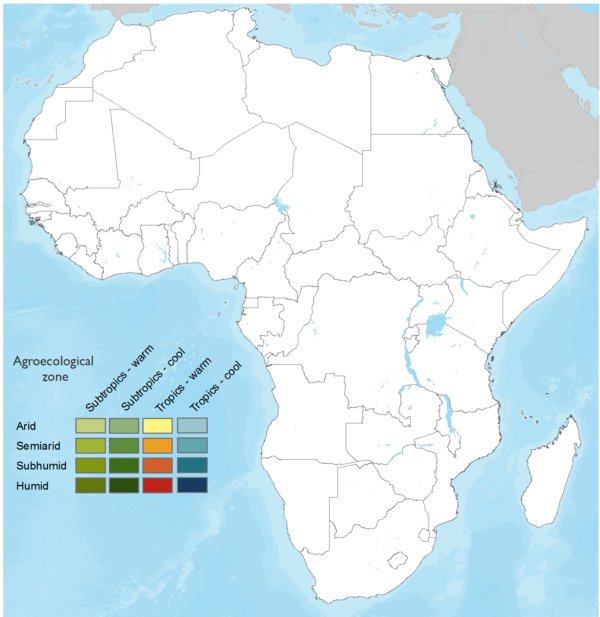




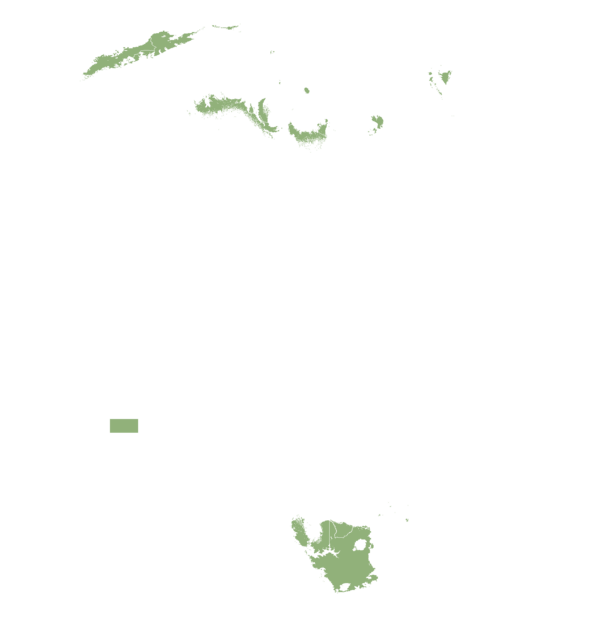
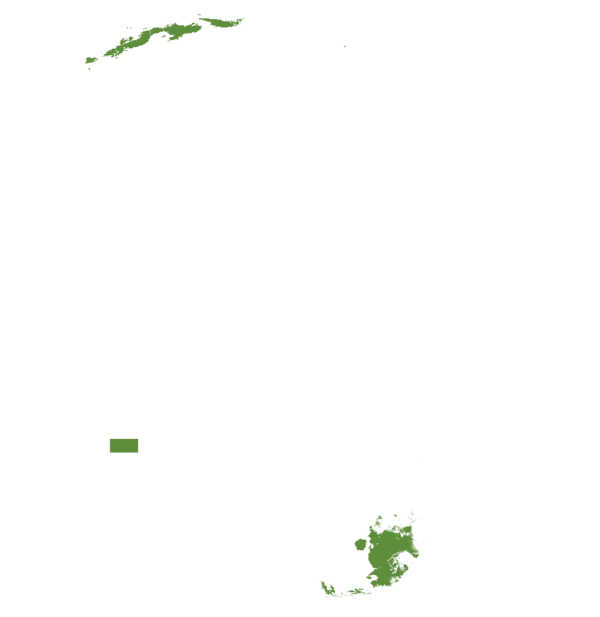
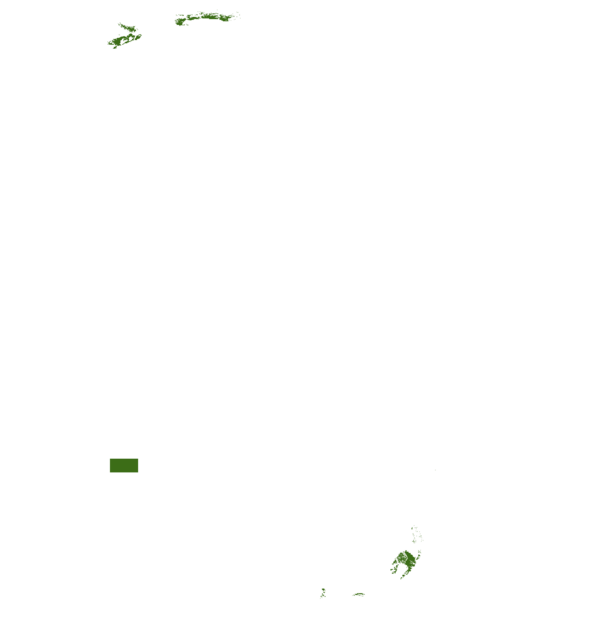






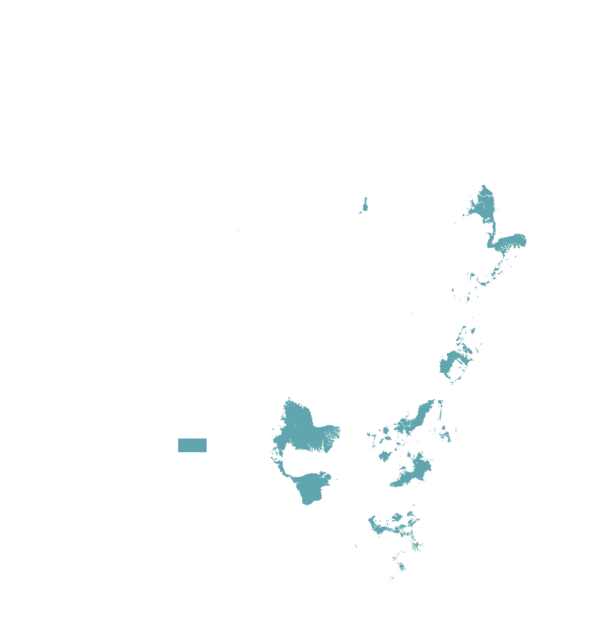


| AEZ | Subtropic - warm | Subtropic - cool | Tropic - warm | Tropic - cool |
|---|---|---|---|---|
| Arid | ||||
| Semiarid | ||||
| Subhumid | ||||
| Humid |
Source: HarvestChoice/IFPRI 2009
The United Nations Sustainable Development Goals that are applicable to this technology.
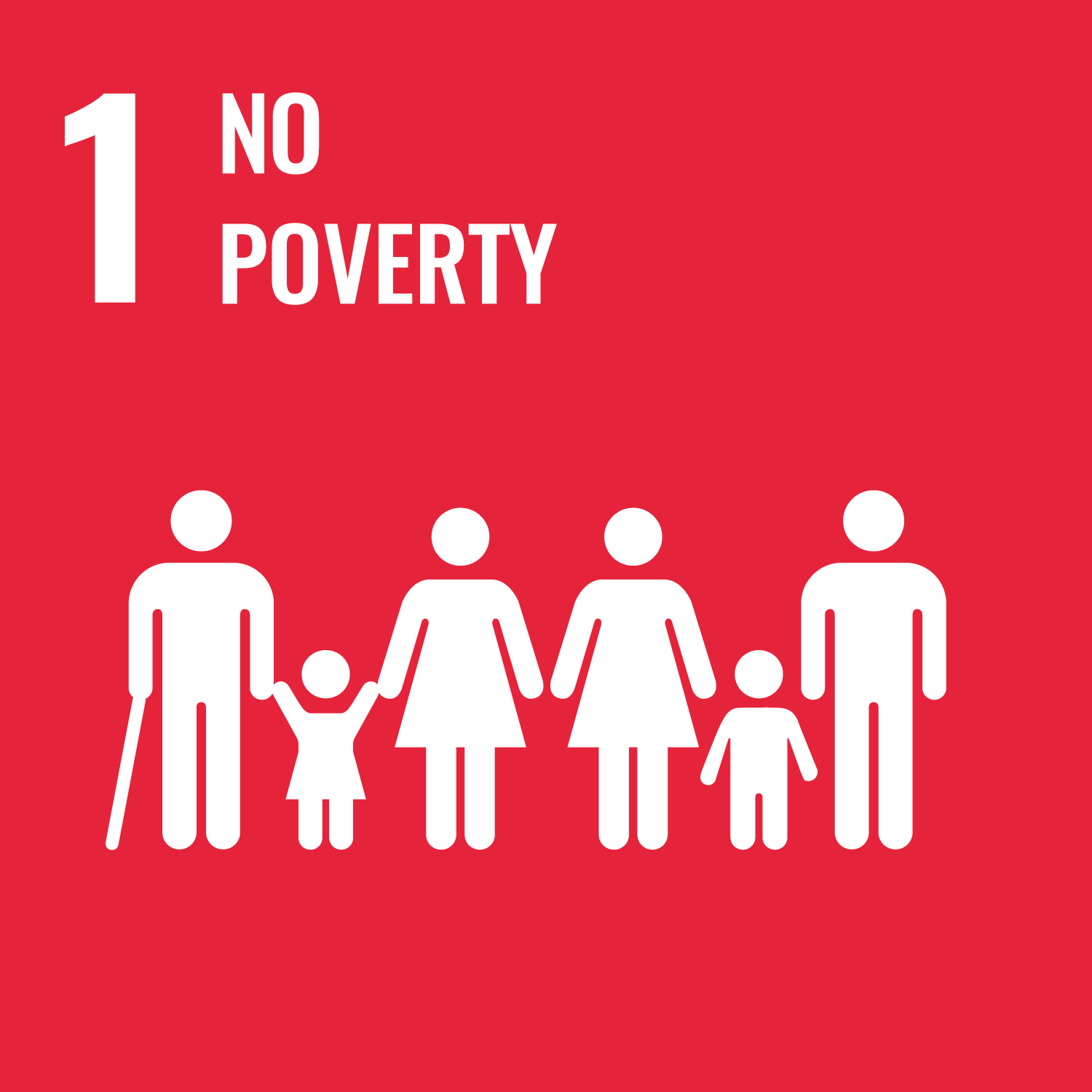
Supporting farmers to reduce crop losses and build resilience to pests and diseases, and supporting agricultural service providers to deliver better and more sustainable results.
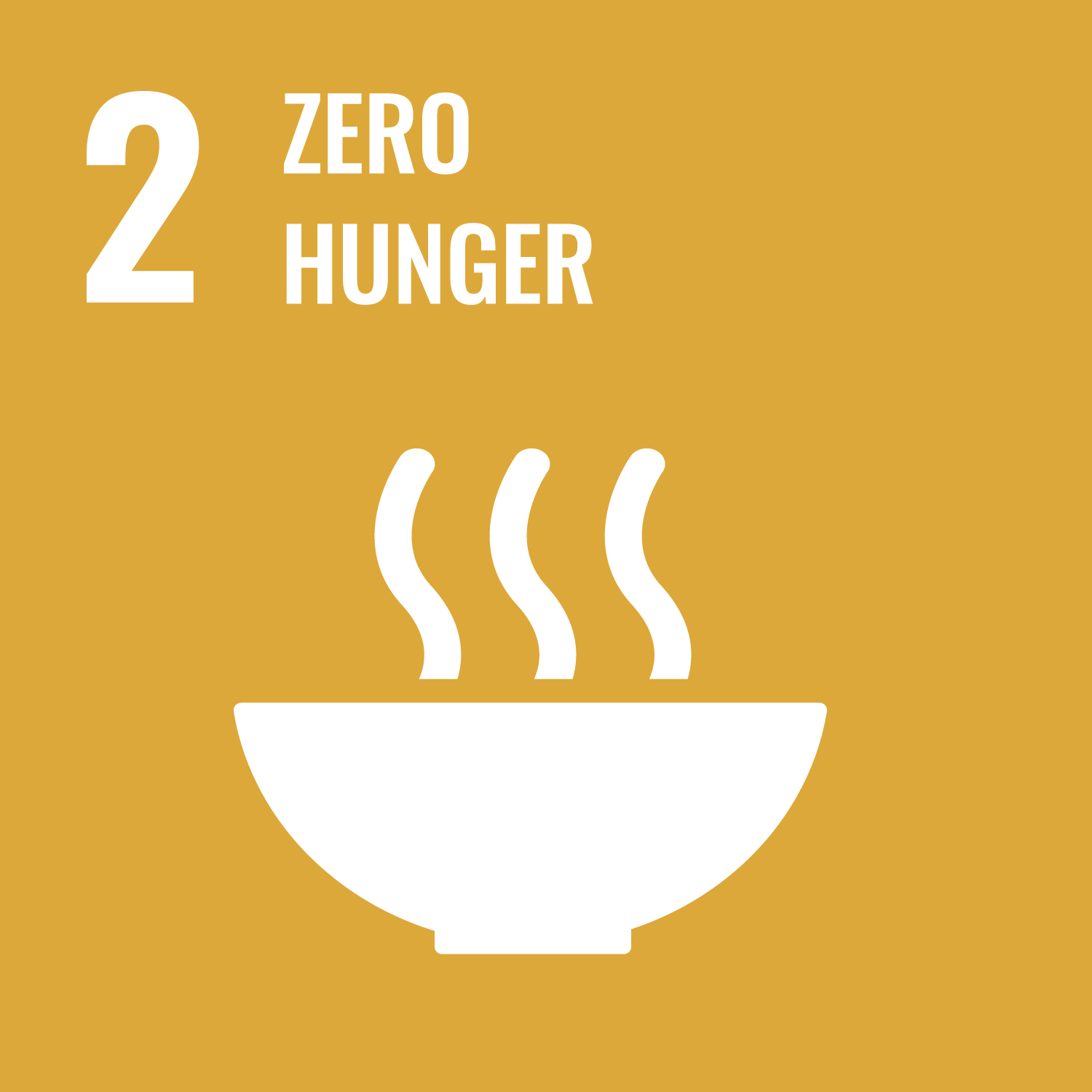
Increasing food security by helping farmers respond to pest threats and increasing access to safer foods by supporting farmers and countries to reduce the use of highly hazardous pesticides in favour of biological controls.
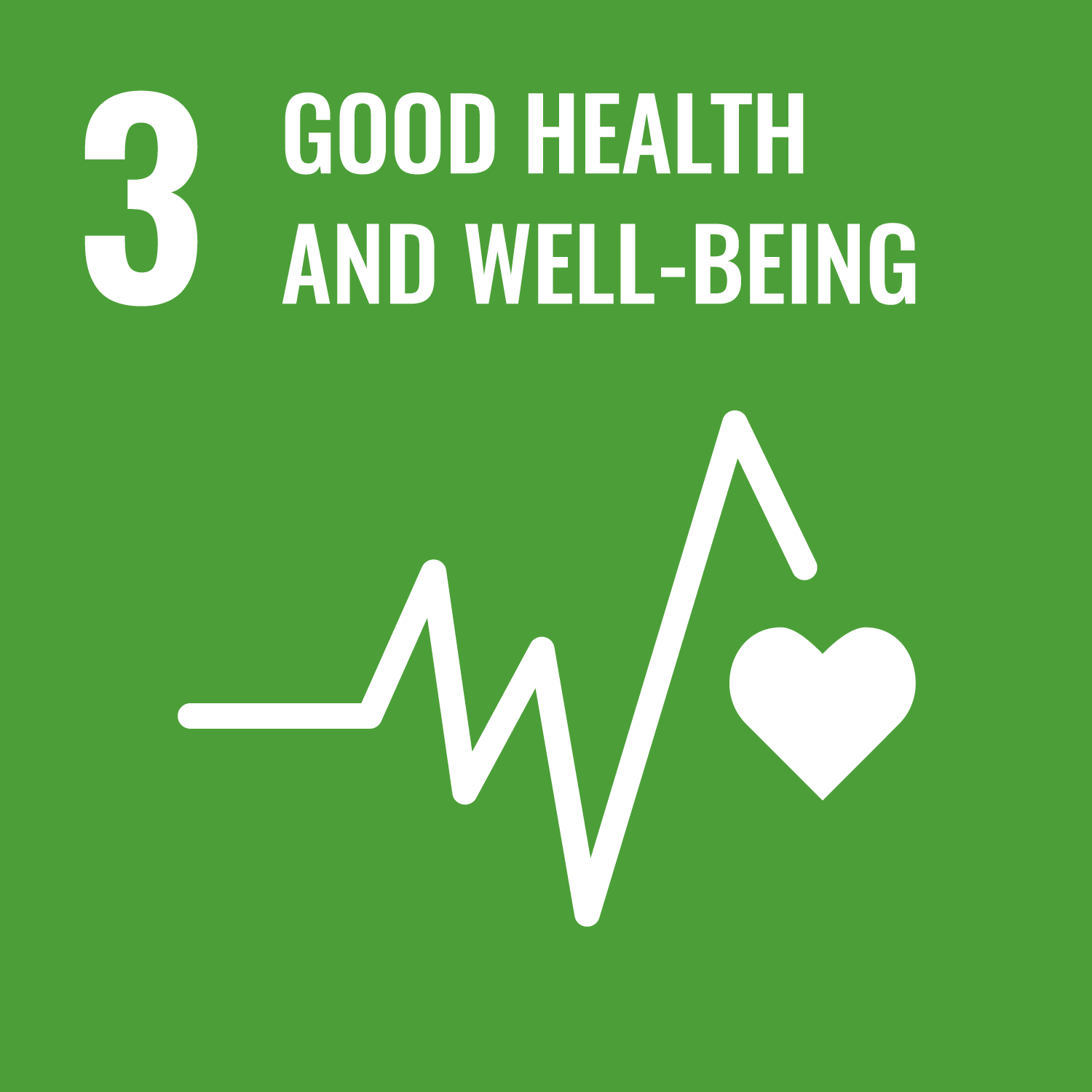
Reducing exposure to highly hazardous pesticides amongst agricultural workers.
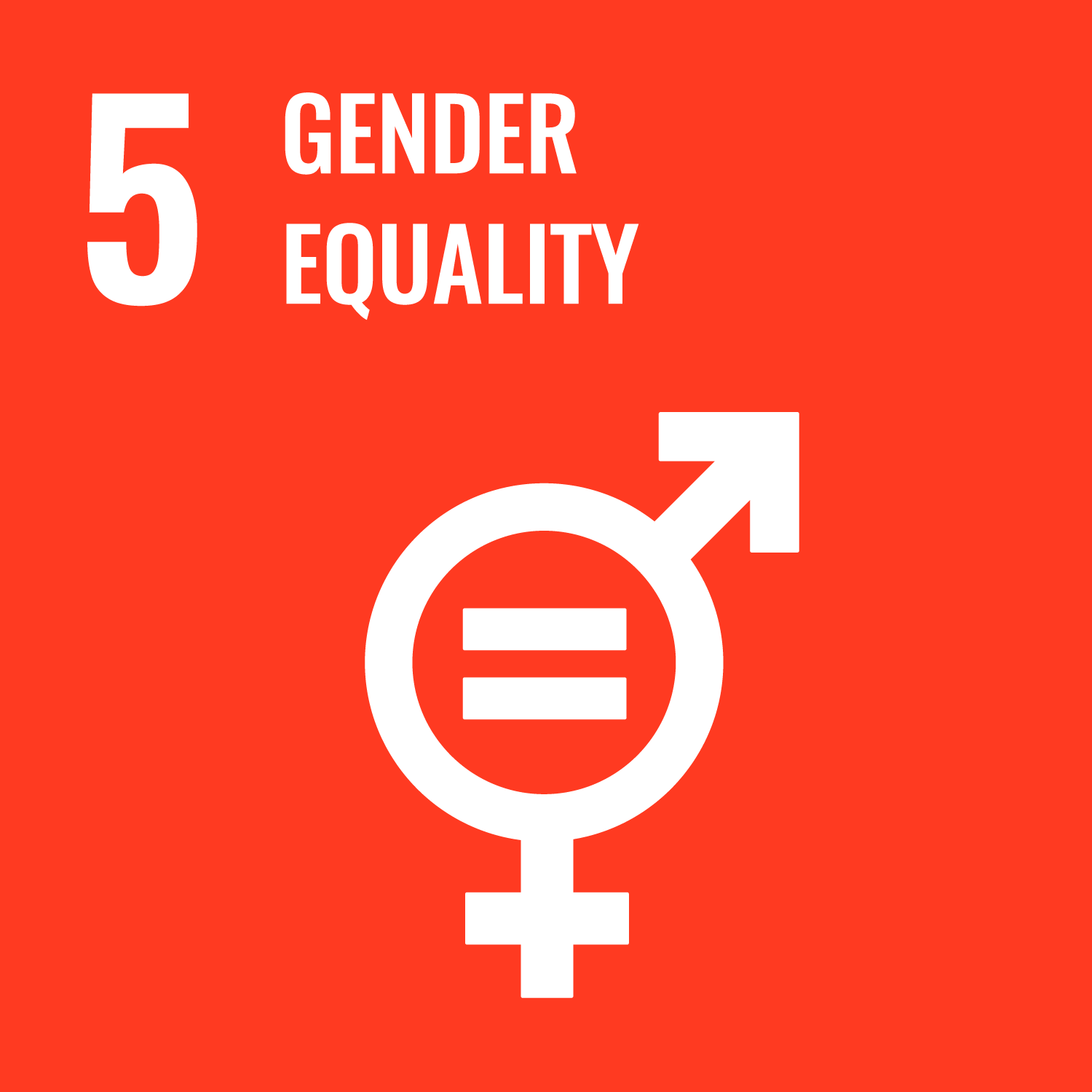
Facilitating women's access to advisory services and inputs, as well as for men and youth
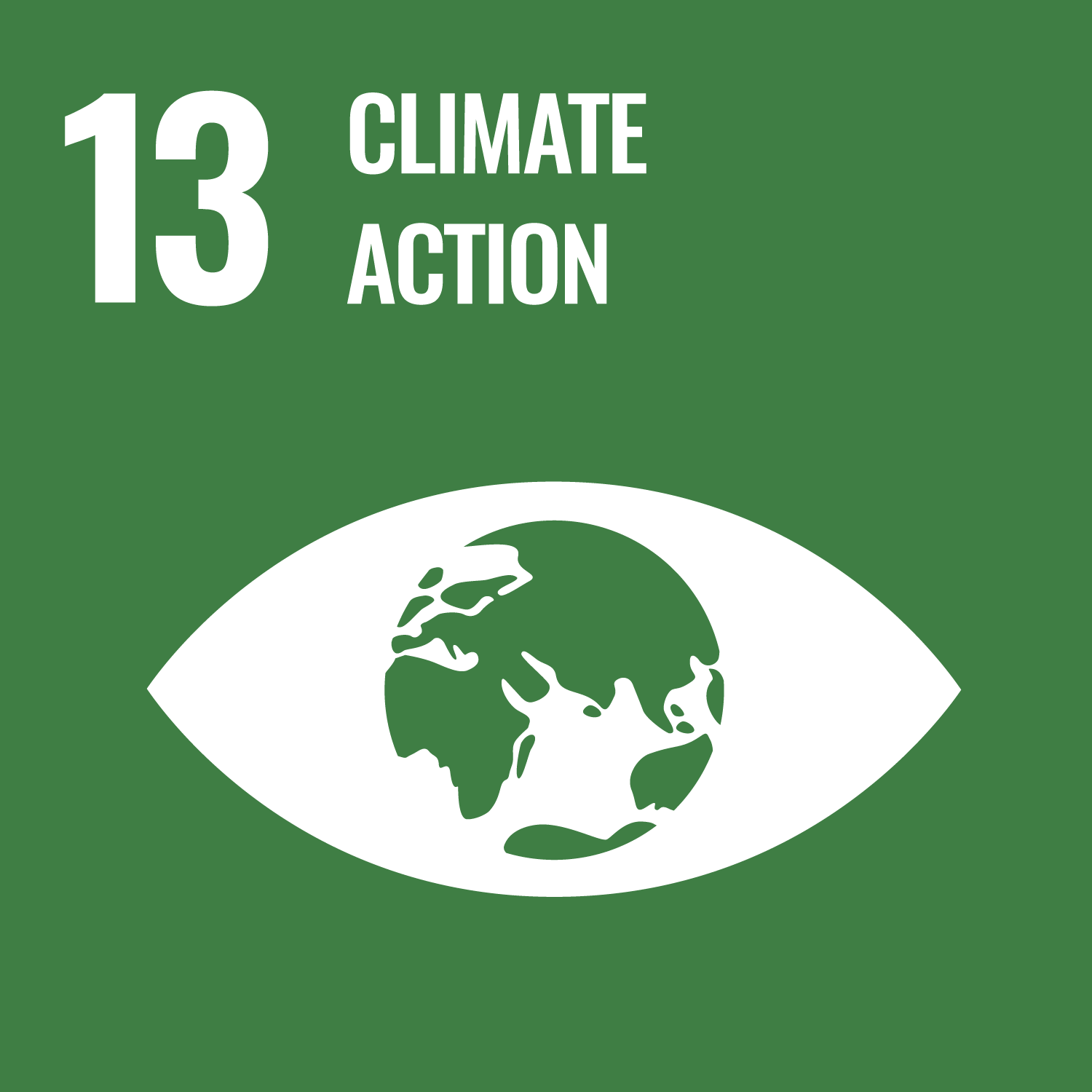
Equipping farmers and agricultural stakeholders with plant health advice that supports climate-resilience.
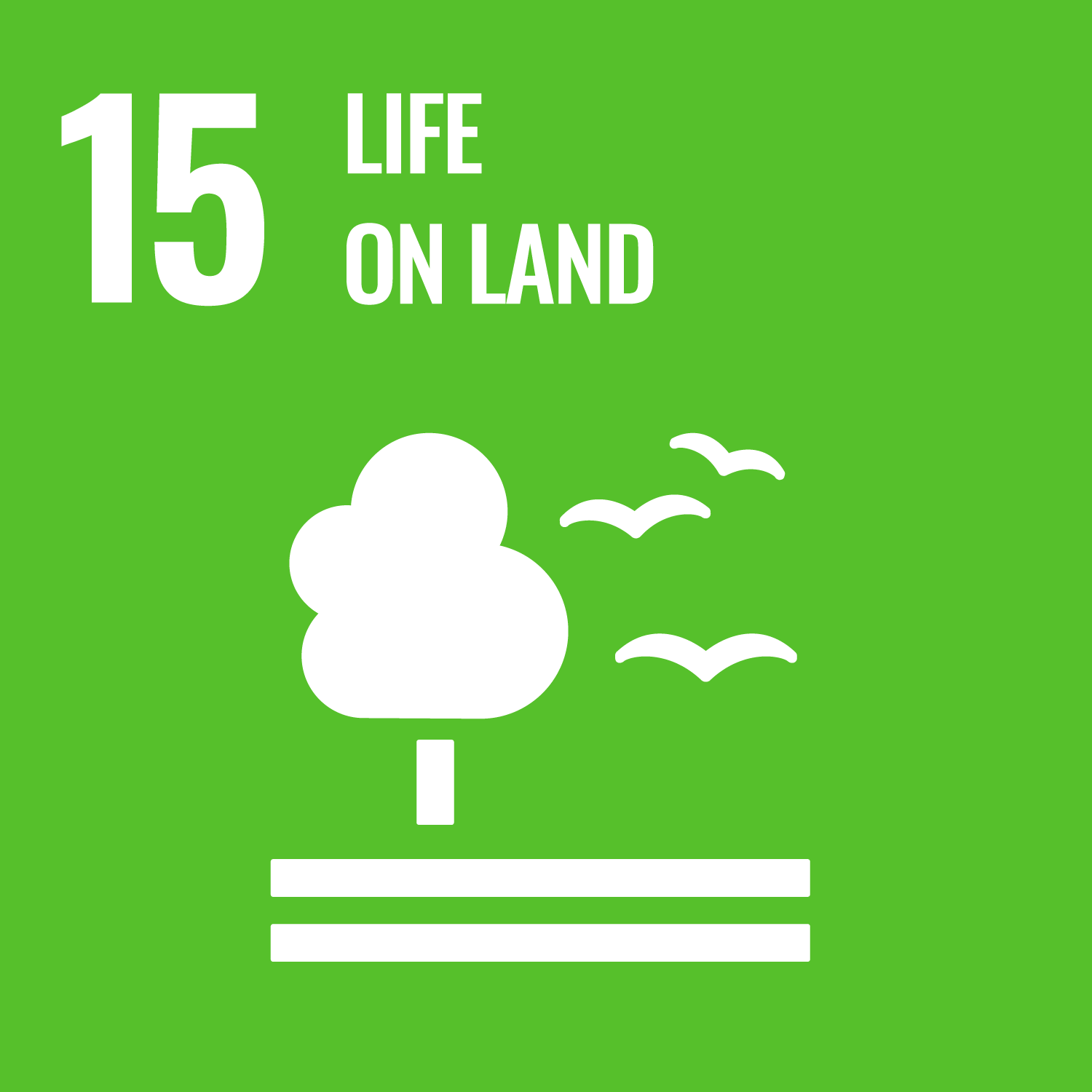
Promoting sustainable agricultural practices that protect biodiversity and contribute to halting land degradation.
Web Version:
On the homepage (https://bioprotectionportal.com/), start by selecting your country of interest, occupation, and the relevant crop and/or pest to perform a search.
Use the menu bar to explore educational resources, latest news, and membership information.
To change the website’s language, click the globe icon in the top right corner and select your preferred language.
Mobile App Version:
Last updated on 24 July 2025